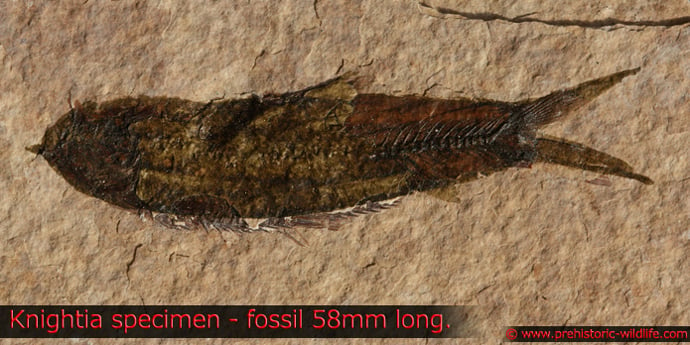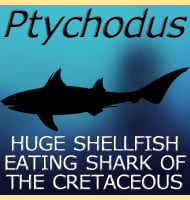In Depth
Knightia were small freshwater fish often described as ‘herring-like’ that lived in North America during the Eocene period. Also because Knightia were schooling fish they are often preserved still in their shoals with some specimens even being preserved on top of each other. This is why so many fossils of this fish are known, and why Knightia specimens are one of the most commonly traded fossils on the market.
The majority of Knightia specimens are quite small, but some large specimens around twenty-five centimetres long are known. Knightia are often so well preserved that the scutes than run from the head to the median (middle) fins across the back and belly are often visible. Although Knightia may seem a small and unimportant fish, their sheer numbers strongly suggest that they would have formed an important part of their ecosystems biomass, being an abundant food supply for predators.
Other fish from the Green River Formation include Heliobatis and Diplomystus.
Further Reading
– The fossil fishes of California, with supplementary notes on other species of extinct fishes. – University of California Publications, Bulletin of the Department of Geology 5(7):95-144. – D. S. Jordan – 1907. – The paleontology of the Green River Formation, with a review of the fish fauna. – Wyoming Geol. Surv., Bull. 63, pp. 85. – L. Grande – 1980. – A Revision of the Fossil Genus Knightia, With a Description of a New Genus From the Green River Formation (Teleostei, Clupeidae). – American Museum Novitates. – Lance Grande – 1982.










